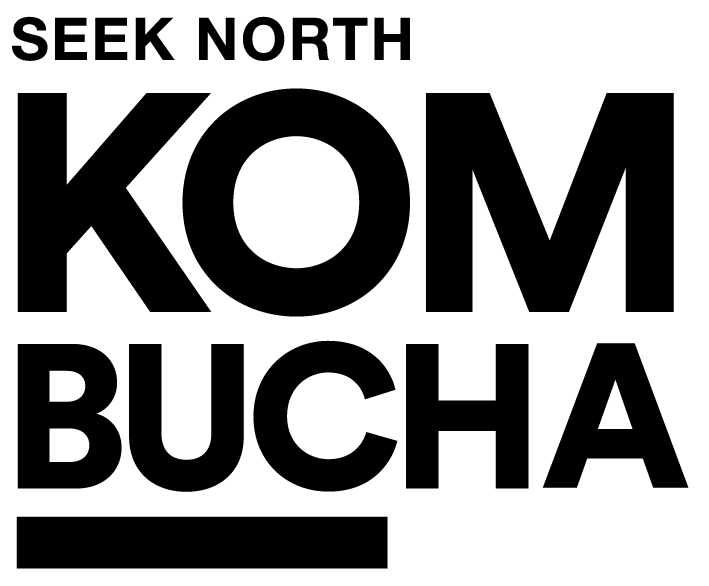The Tea On Tea
The soul of your ‘booch, why it’s the healthiest drink ever, and how you can get more of it
Tea is consumed en masse around the world, but Americans seem to lag behind. Here’s what you need to know, why this is the healthiest thing you can put in your mouth, and how to drink more.
Tea is the most consumed beverage in the world, second only to water. Three billion tons of tea leaves (imagine how many leaves it takes to make one ton) are produced each year for worldwide consumption. There’s no way this many people could be wrong about the fact that this is an awesome thing to regularly drink.
However, the US seems to be a bit behind on this trend. While iced tea is a rather popular beverage, about only 15% of tea consumed here is hot tea, and 84% of tea consumed, hot or iced, is only black tea. There isn’t a lot of variation in our tea consumption here, and oftentimes, in the form of iced teas, it’s loaded up with sugars. We think it’s about time one of the coolest beverages in the world, and the core of kombucha, got its moment in the spotlight.
Tea is any beverage made from the steeped leaves of the Camellia sinensis plant, and mind-blowingly, all tea – green, black, white, oolong – is from this one plant’s leaves, and sometimes, buds or twigs. The variation is due to the variation of oxidation times, processing methods, and parts of the plant used. Technically, herbal tea is not actually ‘tea’ since it’s not made from the leaves of this plant, and is given the name ‘tisane’ to discern the two.
Different types of tea have been shown to have different benefits, with green tea getting the biggest spotlight. Tea contains chemicals called polyphenols, and two types of polyphenols particularly, catechins and epicatechins. In short, polyphenols are bioavailable plant antioxidants, that when ingested, bestow this antioxidant benefit on our systems and cells. One of the most famous, and most abundant, polyphenols in tea is epigallocatechin gallate, getting a lot of airtime under the acronym EGCG. It is a potent antioxidant, especially high in green tea, and may have a large hand in the medicinal properties that are said of tea. This polyphenol alone has been under research for its effects on metabolism, cardiovascular health, inflammation, muscle recovery, weight loss, and cancer-fighting properties. Other teas also contain EGCG but green tea is believed to contain much higher amounts.
As much as we love science around here, tea has been so notoriously studied, with such promising outcomes, we really don’t need to pick out individual pieces of it for closer inspection. Tea seems to have such wide ranging effects, we can just say that studies have shown a reduced risk for multiple cancers (breast, colon, lung, skin, prostate) in those regularly drinking tea, and lower recurrence and/or severity rate of cancers on those afflicted when regular tea drinking took place (averaging about 4 cups a day). Or we can say that regular tea drinkers were shown to have a 21% lower risk of stroke, 30% lower risk of developing Type 2 diabetes, and decreased risk of arthritis, with greater bone density readings. In women, tea has been studied to be associated with direct genetic changes, namely, in gene regions associated with cancer and hormone metabolism. And this only scratches the surface of the research.
And, yes, even though your bottle of booch looks nothing like your traditional cuppa, the antioxidant benefits translate to this beverage too, it seems. Plus, you get the wonderful probiotic, bacterial, super-herb and super-fruit benefits too. At Seek North, the tea heart in our ‘booch is a proprietary blend of organic green and black teas, a little different for each flavor. We wanted to not only have a complex flavor profile, but make sure we brewed the maximum benefit of both types of tea, and all of their polyphenols, into our kombucha.
Being that tea is well-deserving of the medal of super-food, you might want to think about how you can keep a cup of it in your hand. Some denser Japanese green teas, matcha especially, have been shown to rival coffee in their caffeine content. Oftentimes, the deeper green means more concentrated polyphenols. Maybe you can trade in a different form of morning jolt a few times a week? Or how about some tea with your dessert? Trade in that mimosa at brunch? Have friends over for tea, rather than drinks, maybe? And ‘booch counts too...
There are so many different types, tastes, and brewing methods, you might find yourself having a whole new hobby on your hands. Even if you don’t dive that far into it all, you’ll still have plenty of options to find something you love and can’t wait to incorporate into your day. Between your bottle of booch and the newly introduced, multi-talented Camellia sinensis, you’ll be well on your way to upping your antioxidant ante in no time.

